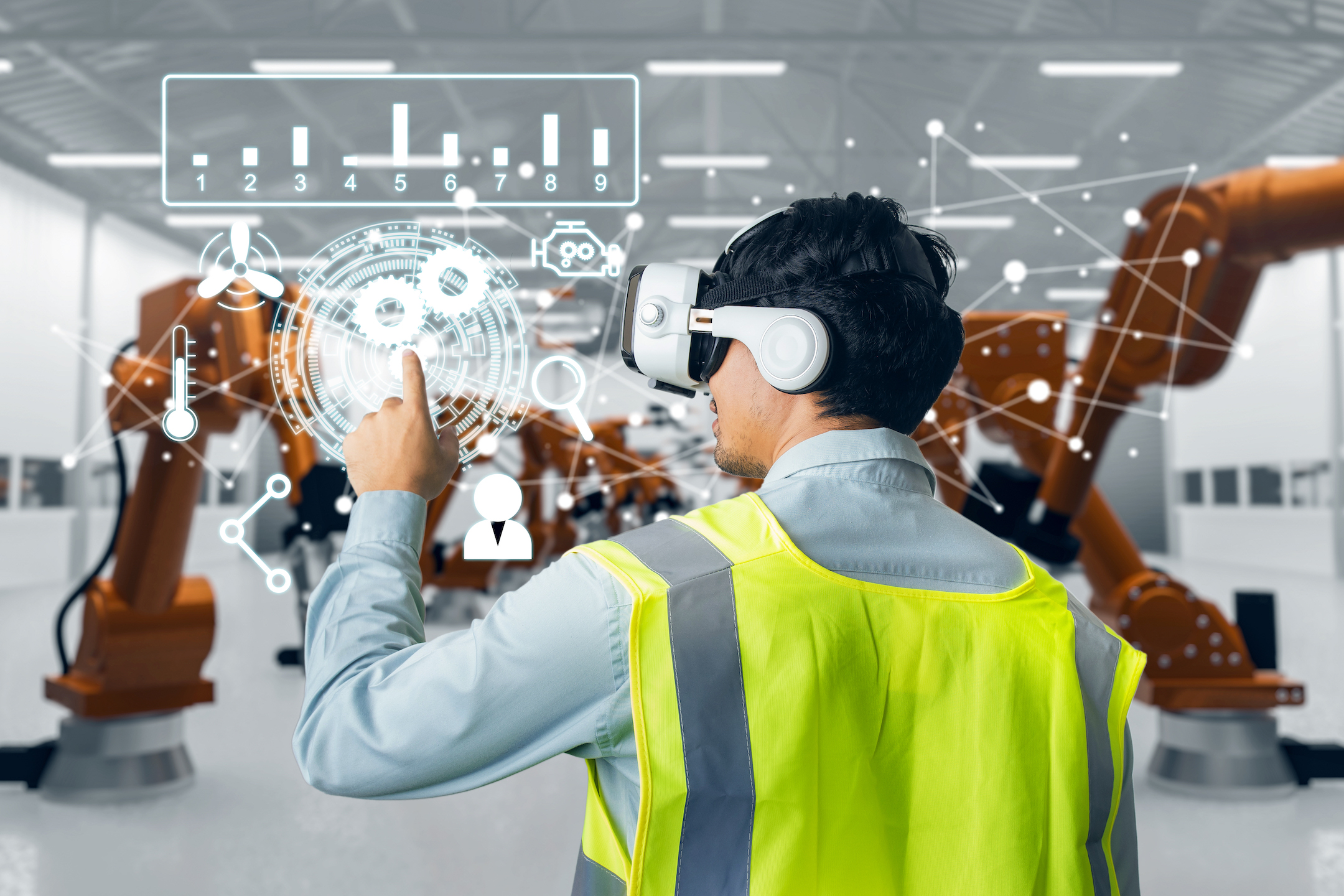How 3D Computer Vision is Revolutionizing Industries
3D computer vision, a technology that allows machines to perceive and understand the world in three dimensions, is transforming industries far and wide. From manufacturing to healthcare, this cutting-edge technology is setting new benchmarks for innovation. But before we delve into its applications, let’s take a step back to understand what it is, its history, and its purpose.
Understanding 3D Computer Vision
3D computer vision is a subset of computer vision. It empowers computers to extract, analyze, and understand useful information from digital images or videos in real time. Its origin dates back to the 1960s when Larry Roberts, often referred to as the “godfather of computer graphics,” developed the first machine vision system that could “see” in 3D.
The primary purpose of this technology is to replicate human vision capabilities and beyond in machines. It involves processes such as object recognition, image reconstruction, event detection, and more, all in three dimensions.
Initially, computer vision was limited to 2D images. However, it was the advent of depth sensors that led to the development of 3D computer vision, which can perceive depth and volume, similar to how the human eye works. This leap has allowed machines to understand the world in three dimensions, paving the way for countless applications across various industries.
The Evolution of 3D Computer Vision
In the early days, 3D computer vision relied heavily on handcrafted features and manual labor. However, with the emergence of deep learning and convolutional neural networks (CNNs), the process has become largely automated.
Deep learning algorithms can learn and extract features directly from data, eliminating the need for manual feature extraction. This has greatly improved the accuracy and efficiency of these systems. Furthermore, the introduction of graphics processing units (GPUs) has significantly accelerated computations, making real-time 3D computer vision possible.
The Impact
1. Healthcare
In the healthcare sector, this technology has been nothing short of revolutionary. Doctors are now using this technology to diagnose diseases more accurately and swiftly. For instance, 3D computer vision algorithms can analyze medical images like CT scans and MRIs, identifying potential diseases such as cancer at their earliest stages. This early detection is crucial for successful treatment and can drastically improve patient outcomes.
Additionally, 3D computer vision is also enhancing surgical procedures. Surgeons can use this technology to create 3D models of the patient’s anatomy, allowing them to plan surgeries with greater precision and reduce the risk of complications.
2. Retail
The retail industry is another area where 3D computer vision is making a significant impact. Retailers are leveraging this technology to analyze customer shopping habits and preferences, helping them create more personalized shopping experiences. For example, some retailers use this technology to track customers’ movements within the store. This data is then used to optimize store layout and product placement, enhancing the overall shopping experience.
Moreover, online retailers are using this technology to offer virtual try-on experiences. Customers can use their device’s camera to ‘try on’ clothes or accessories virtually, making online shopping more interactive and fun.
3. Robotics
Robotics is another field that greatly benefits from 3D computer vision. Robots equipped with this technology can navigate their environment more accurately and perform complex tasks with ease. For instance, in the manufacturing sector, robots use 3D vision to identify and pick up objects on an assembly line with remarkable precision.
In the realm of autonomous vehicles, 3D computer vision aids in detecting obstacles, other vehicles, and pedestrians, thus ensuring safer navigation.
4. Manufacturing
In manufacturing, 3D computer vision is used for quality control and inspection processes. By comparing a 3D model of a perfectly made product with actual products coming off the assembly line, it’s possible to spot defects or anomalies that the human eye might miss. This not only ensures superior product quality but also saves time and reduces costs associated with manual inspection.
The Future of 3D Computer Vision
As we venture into the future, the potential of 3D computer vision seems limitless. With advancements in AI and machine learning, it is set to redefine industries and our lives. From smart homes to manufacturing, this is not just a technological advancement; it’s a giant leap toward a smarter, more efficient world.
Are you ready to leverage the power of 3D computer vision for your business? Let’s revolutionize your industry together. Contact Lunar Eye today and discover how our cutting-edge solutions can transform your operations. Contact us today for a free demo! With Lunar Eye, the future is just a vision away!
